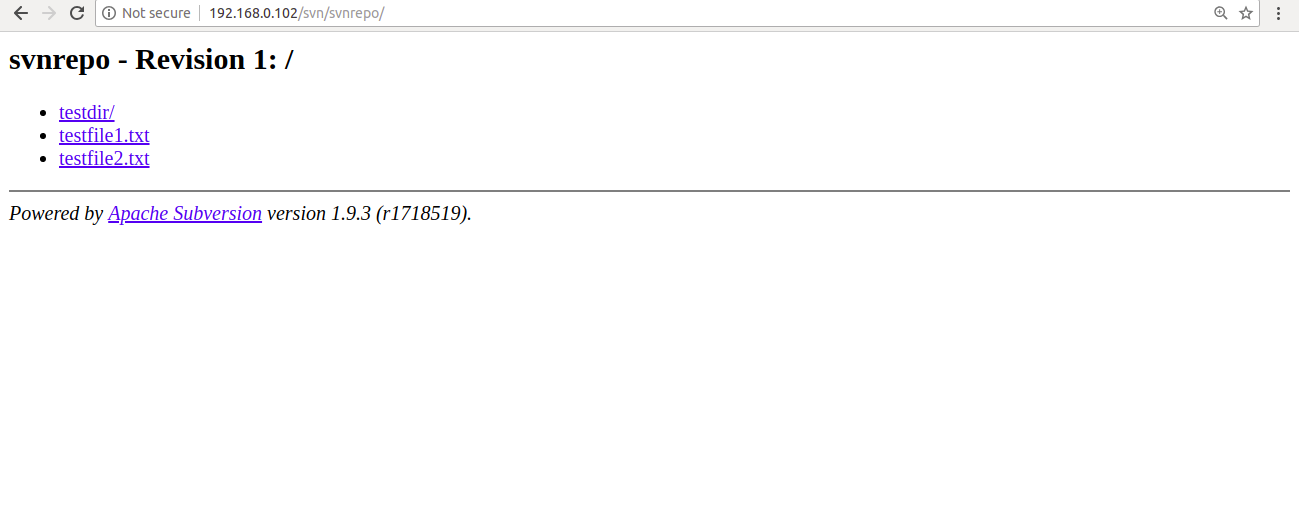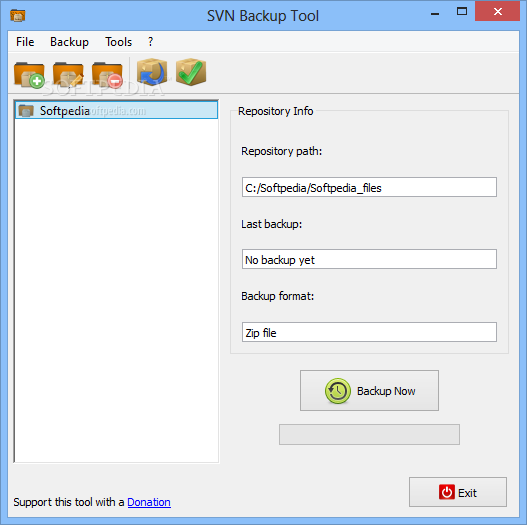
You can delete files or folders from the working copy, to be deleted in the next commit or marked as such in the next diff, using the command (which will automatically delete the files from the working copy, but won't delete folders in such way): If you add a folder, it will add all the files included in the folder, except for files in the ignored list. % svn propset svn:eol-style native file.name If file.name is a text-based document, you should do You can add files or folders to the working copy, to be included in the next diff or commit, using the command: You can ignore some files, using metadata: TortoiseSVN has a built-in support for applying a diff.
SVN ADD NEW FILES PATCH
Subversion does not contain a built in command to apply diffs to the current working copy (for example, to review or commit diffs published in Bugzilla) instead, you can use the regular patch unix utility:

Note that SVN defaults to the "unified" diff format, so the "-u" option doesn't have to be passed. Normally, unlike CVS, you don't have to tell SVN which files you changed however, you may like to diff only a part of the repository. To create a diff from the current repository, use the following command: If you suggest a new feature or like to suggest a change, send a patch to the mailing-list with in the subject. This is automagic.ĭiffs, or patches, are text files which include all the changes done in the working copy. Note that SVN, unlike CVS, doesn't need to be told to prune removed files or create new directories.

SVN ADD NEW FILES UPDATE
To update your working copy and get the latest files, use the following command: You can also checkout a portion of the SVN using the URL.ĭon't leave off the "trunk" or branch part! If you leave that off you check out every revision of every file in the repo, which is pretty silly.Īll projects from VideoLAN SVN are moved to gitlab on. Transport svn:// project repository /libdvbpsi branch/tag /trunk, or /branches/0.8.6, or /tags/0.8.5 files /README
SVN ADD NEW FILES CODE
You can browse the code structure using on the SVN webviewer % svn checkout svn:///libdvbpsi/trunk libdvbpsi-trunk

However, most of the techniques shown here may be useful also for developer use, so please read it even if you don't have to access the server anonymously.įirst, you have to check out the code of libdvbpsi. If you don't have a write access to the repository, you have to access it anonymously, via regular SVN. If you have a write access to the server, it's very recommended that you read it and know about the advanced features of Subversion, because you might use them sooner or later. For a complete guide, use the book Version Control with Subversion. This is a basic and partial guide of the most useful commands. Subversion's command-line interface is generally pretty similar to CVS. Using an "external" SVN application might otherwise cause problems with so called DOS versus UNIX "line endings" when creating files. When using Cygwin as compilation environment it is recommended to use the SVN package that comes with it (using the Cygwin setup). You can also use alternative clients, such as the graphical TortoiseSVN for Windows.
SVN ADD NEW FILES DOWNLOAD
To use it, you have to download the official command line Subversion client. You can read more about VideoLAN's git repository in our Git wiki page.Ĭurrently the Subversion repositories are discontinued on VideoLAN. Note that some project, like VLC media player or x264 are using Git. It also provides a better control over the repository compared to CVS. Some VideoLAN's repositories are using Subversion, which is a classical VCS, like CVS. 2.10 Checking out specific revision number.2.9 Checking the status of the working copy.


 0 kommentar(er)
0 kommentar(er)
